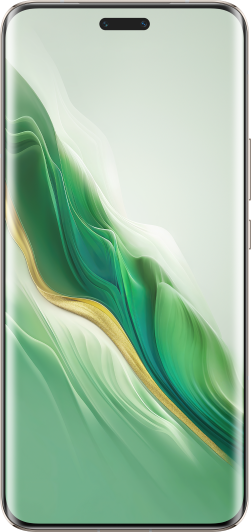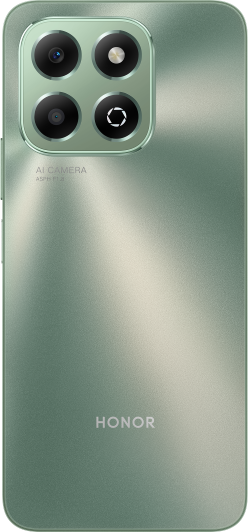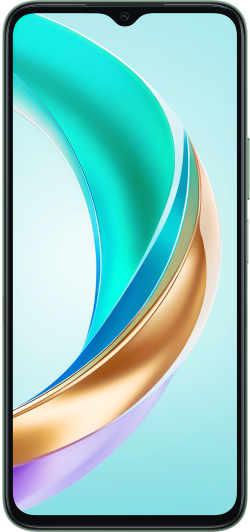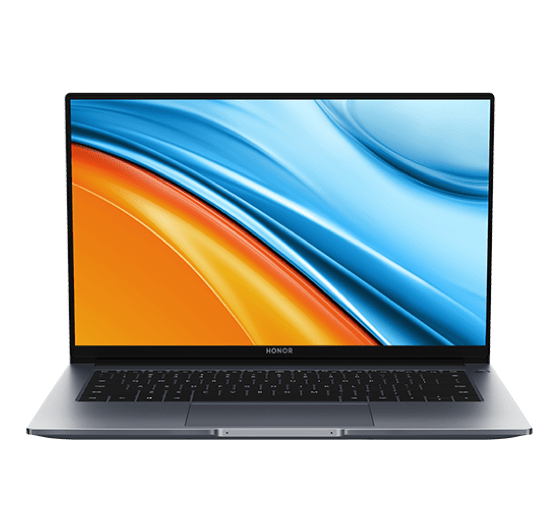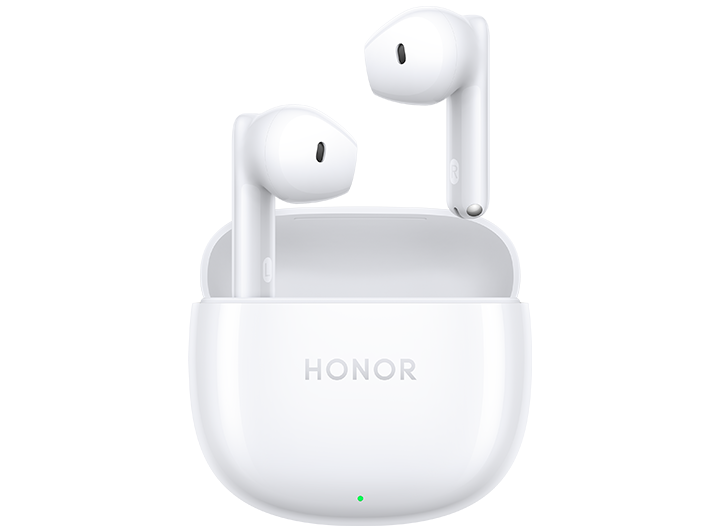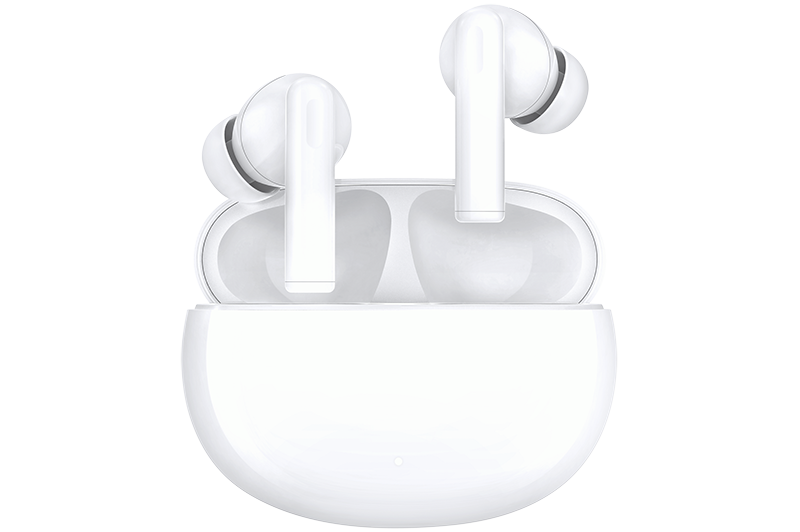TOP

我的荣耀 开启荣耀之旅
To log in to your account, you must first agree to the HONOR PLATFORM TERMS OF USE and HONOR Platform Privacy Statement. If you do not agree, you may only browse the site as a guest.

What Is 120Hz in Phone and Its Impact Explained
In the ever-evolving landscape of mobile technology, the term "120Hz display" is gaining prominence, piquing users' curiosity about its importance. This advancement brings notable benefits to mobile phones, enhancing user interactions and overall display quality. This article seeks to unravel the concept of what is 120Hz display, delving into the consequences and benefits that a 120Hz display brings to mobile phones.
What Does 120Hz Display Mean on Mobile Phones?
A 120Hz display on a mobile phone means that the screen refreshes 120 times per second. This higher refresh rate results in smoother motion and better responsiveness, particularly noticeable when scrolling through content, playing games, or watching videos that support high frame rates. Compared to the more standard 60Hz displays, a 120Hz display can make animations and transitions look more fluid, improving the overall user experience.
However, it's worth noting that higher refresh rates can also lead to increased battery consumption. Some smartphones, such as the HONOR 90, also have adaptive refresh rate technology, which adjusts the refresh rate based on the content being displayed to conserve battery when a higher refresh rate is not necessary.
Why Is Refresh Rate So Important on a Phone?
The refresh rate on a phone is important for several reasons related to the overall user experience and visual quality:
Smoother Motion
A higher refresh rate, such as 120Hz, results in smoother motion and transitions on the screen. When scrolling through menus, navigating apps, or interacting with the device, the increased number of frames per second makes the motion appear more fluid and responsive. Of course, one good example is the HONOR Magic V2, which features a foldable OLED display with a responsive 120Hz refresh rate, delivering a seamless and enhanced visual experience.
Reduced Motion Blur
Motion blur occurs when fast-moving objects or animations appear blurry due to the display's inability to refresh quickly. A higher refresh rate reduces the time each frame is displayed, minimizing motion blur. This is especially beneficial for activities like gaming, where action requires clear visuals.
Faster Response Times
A higher refresh rate contributes to faster response times. The screen can update more quickly, resulting in a more responsive touch interface. This is crucial for tasks like typing, where quick and accurate responses to touch inputs are important.
Improved Gaming Experience
Gaming, in particular, benefits from a higher refresh rate. Many modern mobile games support high refresh rates, and a smoother display enhances the gaming experience by providing more responsive controls and a clearer view of fast-paced action.
Enhanced Multimedia Experience
Watching videos and multimedia content is more enjoyable on a higher refresh rate display. The increased frame rate provides a more immersive and lifelike experience, especially in scenes with rapid motion or dynamic visuals.
User Interface Responsiveness
The phone's user interface, including app animations and transitions, feels more responsive and fluid with a higher refresh rate. This contributes to an overall positive and enjoyable interaction with the device.
Benefits Brought by a 120Hz Display
Phones with 120Hz refresh rate significantly enhance the user experience by providing smoother and more fluid motion when scrolling through content, playing games, or interacting with the device's interface. The higher refresh rate makes animations and transitions appear more fluid and lifelike just like what you have in HONOR Magic6 Lite, which is among the phones with a 120Hz refresh rate.
For gaming enthusiasts, this translates to more immersive gameplay with crisper visuals and improved touch response, which can be particularly beneficial in fast-paced games where precision and reaction time are crucial. The enhanced smoothness also contributes to a more enjoyable browsing and viewing experience, making everything from reading text to watching videos feel more seamless and natural.
Beyond just visual improvements, the higher refresh rate can contribute to reduced eye strain, as the smoother transitions between frames are easier on the eyes, especially during extended use. However, it's important to balance these benefits with the potential for increased battery consumption, as the additional processing power required to maintain a 120Hz refresh rate can lead to shorter battery life. Despite this, many users find the trade-off worthwhile for the significant boost in visual performance and overall device responsiveness, making 120Hz displays a sought-after feature in the latest smartphones.
Conclusion
In conclusion, the refresh rate of a phone's display, especially with the introduction of what is 120Hz display, significantly impacts the user experience. The benefits include smoother motion, reduced motion blur, and faster response times, enhancing activities like gaming, multimedia consumption, and overall device interaction. Whether you're a gamer seeking competitive edge, a professional relying on swift and smooth navigation, or simply someone who appreciates the finer details in visual quality, the 120Hz display is a game-changer in the truest sense, setting a new standard for what we expect from our mobile screens.
FAQ
Should I always turn on 120Hz on my phone?
Whether to use a 120Hz refresh rate constantly depends on personal preferences and considerations. While a higher refresh rate enhances certain aspects of the user experience, it may consume more battery. Some phones offer adaptive refresh rate technology, allowing the device to adjust the refresh rate based on the content being displayed to balance performance and battery life.
Is a 120Hz phone overkill?
The necessity of a 120Hz display depends on individual usage. For users who engage in activities like gaming, video streaming, and multitasking, a higher refresh rate can provide a noticeable improvement in visual performance.
Does 120Hz drain a lot of battery?
A higher refresh rate can contribute to increased power consumption, potentially impacting battery life. However, the actual impact varies between devices and is influenced by factors such as display technology, adaptive refresh rate features, and battery capacity. Some phones offer settings to adjust the refresh rate or use adaptive technology to conserve battery when higher rates are not needed.
Can you tell the difference between 60Hz and 120Hz on a phone?
Many users can perceive a difference between a 60Hz and a 120Hz display, especially during tasks involving motion, such as scrolling through content or playing games. The increased smoothness and responsiveness are more noticeable in certain scenarios. However, individual sensitivity to refresh rate differences may vary, and not all users may find the distinction as significant.
Source: HONOR Club
SUBSCRIPTION
I agree to receive the latest offers and information on HONOR products through email or IM (e.g. WhatsApp) provided below and advertisement on third-party platforms. I understand that I can unsubscribe anytime according to Chapter 5 of HONOR Platform Privacy Statement.
CONTACT
Honor Technology (Malaysia) Sdn Bhd
(Registration No.: 202101003804)
1800-88-5645
9:00 AM - 6:00 PM
Copyright © Honor Device Co., Ltd. 2020-2025. All rights reserved.
We use cookies and similar technologies to make our website work efficiently, as well as to analyze our website traffic and for advertising purposes.
By clicking on "Accept all cookies" you allow the storage of cookies on your device. For more information, take a look at our Cookie Policy.
Functional cookies are used to improve functionality and personalization, such as when playing videos or during live chats.
Analytical cookies provide information on how this site is used. This improves the user experience. The data collected is aggregated and made anonymous.
Advertising cookies provide information about user interactions with HONOR content. This helps us better understand the effectiveness of the content of our emails and our website.










